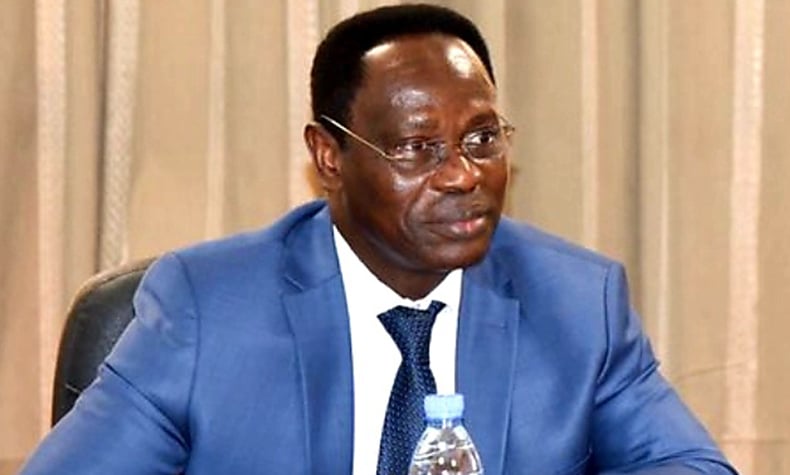
According a report by graphiconline, the Greater Accra Regional Minister, Linda Akweley Ocloo, together with the Regional Security Council (REGSEC), National Security and NADMO, has spearheaded the demolition of illegal structures within the Sakumono Ramsar site structures that were directly contributing to recent severe floods in the Tema West Municipality.
The demolitions were part of a broader presidential directive aimed at tackling perennial flooding across the country. The actions are not only timely but necessary, given the havoc caused by flooding in Accra year after year. As has been clearly demonstrated, wetland encroachments like those at Sakumono compromise natural water flow, reduce the capacity of wetlands to hold excess water, and increase the vulnerability of communities to destructive floods.
The Chronicle commends Minister Ocloo for showing the kind of leadership this country so desperately needs in the area of environmental protection. Her resolve to enforce the law in the face of illegal development, powerful land grabbers, and environmental degradation must be applauded.
For years, residents in Greater Accra and other parts of the country have cried out about the devastating impacts of floods, yet encroachment on wetlands and waterways has persisted mostly unchallenged.
That said, we also raise a pertinent concern: Why does it seem that all the attention and energy are concentrated on Sakumono alone? Sakumono is a Ramsar site and a critical wetland, but it is not the only one. Across Accra, and indeed Ghana, there are numerous other locations facing similar risks due to illegal constructions and poor urban planning.
Communities like Kaneshie, Odawna, Weija and Alajo in Accra, and parts of Kasoa and Kumasi have long suffered from chronic flooding, primarily because of the very same issues – illegal development, encroachment on water channels and disregard for planning regulations. In these areas, wetlands and drains are being filled with sand and concrete to make way for unpermitted buildings, often with the tacit or explicit backing of local officials and well-connected individuals.
What is happening at Sakumono must not become an isolated example. It must mark the beginning of a consistent, widespread and unrelenting campaign to reclaim and protect wetlands and watercourses across the nation. The same political will, coordination among state agencies and media attention that is being channeled into Sakumono should be applied equally to all flood-prone areas.
If we are truly serious about flood mitigation, then the government, through REGSEC and NADMO must decentralise the demolition and monitoring effort. Let us see similar enforcement action in Agbogbloshie, in parts of Madina and Adenta, in Ashaiman and even far beyond the Greater Accra Region—in Takoradi, Ho, Tamale, and Sunyani. Every region has its own “Sakumono,” where the environment is being silently strangled by negligence.
To be fair, the challenges are immense. As highlighted by the Head of the Works Department at Tema West, Richard Ben Debrah, monitoring these illegal developments is no easy task. Confrontations with land guards and interference from powerful persons often frustrate the efforts of local assemblies. But this is why a firm, united front from both regional and national levels is necessary. NADMO’s plan to collaborate with the Forestry Commission to green reclaimed areas is an excellent step in the right direction, but again, this must extend beyond Sakumono.
Moreover, building permits are being bypassed, and state lands are being sold or seized by individuals with access to power. If this country is to survive the growing threat of climate change, such behavior must be punished – not condoned or quietly swept under the rug.
As the rains intensify each year, and the effects of climate change become more pronounced, we must recognize that environmental preservation is not a luxury. It is a necessity for survival. Wetlands are not empty lands to be sold; they are nature’s flood control systems. Destroy them, and we are only preparing for more devastation.
We urge the all relevant stakeholders to extend the same vigor and determination shown in Sakumono to every other part of the country suffering from illegal development and flood risks. This must not be business as usual. It must be a turning point.
The post Editorial: Demolition Of Illegal Structures In Waterways Is Necessary But… appeared first on The Ghanaian Chronicle.
Read Full Story

















Facebook
Twitter
Pinterest
Instagram
Google+
YouTube
LinkedIn
RSS